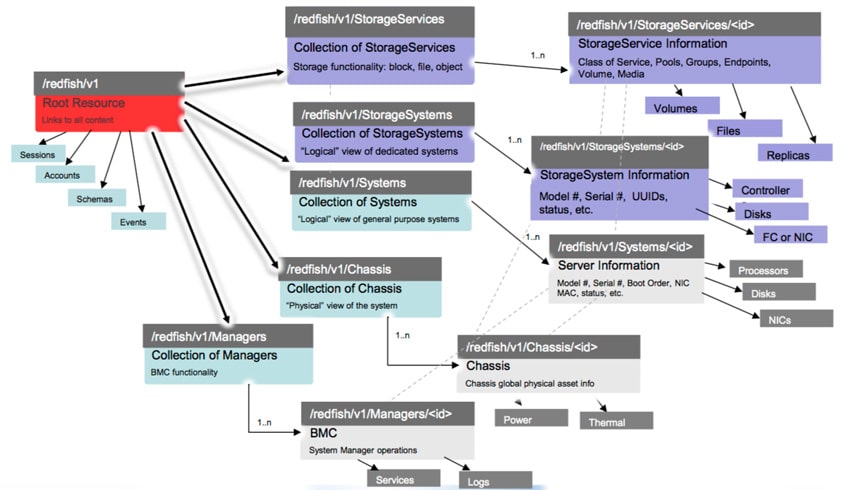Today the Storage Network Industry Association’s (SNIA) Storage Management Initiative (SMI) announced the completed version (Version 1.0) of the SNIA Swordfish storage management specification. This specification extends the Distributed Management Task Force (DMTF) Redfish application programming interface (API) to handle the management of storage equipment and storage services found in modern data centers. The new specification is the result of broad collaboration of several of the leading companies in the storage industry.

The Storage Network Industry Association’s (SNIA) is a non-profit organization with members from some of the major storage companies from around the world. Their mission is to develop and promote standards, technologies, and educational services that help organizations in managing data. The Storage Management Initiative (SMI) is a Storage Networking Industry Association (SNIA) group that unifies the storage industry to develop and standardize interoperable storage management technologies.
The new specifications help to provide a unified approach for the management of storage and servers in hyperscale and cloud infrastructure environments, making it easier for IT administrators to integrate scalable solutions into their data centers by extending the DMTF Redfish API protocol and schema. The new Swordfish specification uses the same easy-to-use RESTful interface is used, along with JavaScript Object Notation (JSON) and Open Data Protocol (OData), to seamlessly manage storage equipment and storage services in addition to servers.
Discuss this story




 Amazon
Amazon